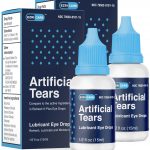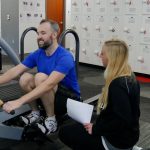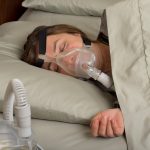
Fizzy sodas, microwaveable meals and packaged cookies are convenient for people on the go, but these folks might not go as far as they’d like if that’s all they eat. Ultra-processed foods appear to increase the risk of developing and dying from a variety of cancers, a new large-scale study says. Every 10% increase of these foods in your diet increases your overall risk of cancer by 2% and your risk of a cancer-related death by 6%, researchers reported Jan. 31 in eClinical Medicine. The risk is even higher for specific cancers, particularly those that primarily affect women. For example, every 10% increase in a woman’s consumption of ultra-processed foods makes her 19% more likely to develop and 30% more likely to die from ovarian cancer, the investigators found. The researchers describe ultra-processed foods as “industrial formulations made by assembling industrially derived food substances and food additives through a sequence of extensive industrial processes.” Industrially derived ingredients include things like high-glucose corn syrup, modified starch, protein isolates, emulsifiers, stabilizers and preservatives, the study authors said. “Our bodies may not react the same way to these ultra-processed ingredients and additives as they do to fresh and nutritious minimally processed foods,” lead researcher Kiara Chang, a research fellow with Imperial College London’s School of Public Health, said in a college news release. “However, ultra-processed foods are everywhere… read on > read on >


















